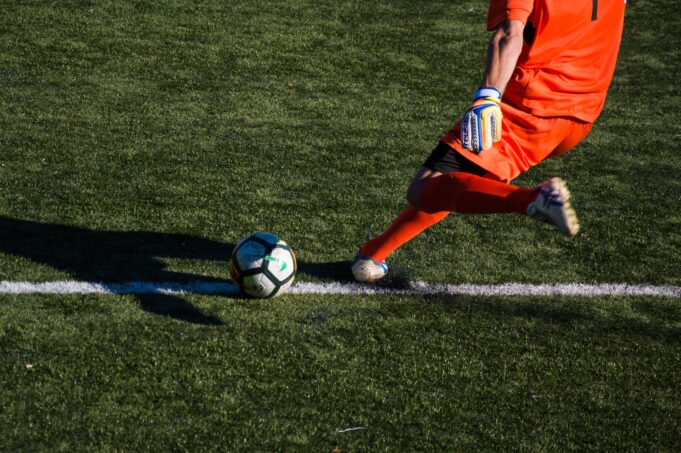Playing a game of soccer is a fantastic way for you to engage with some physical activity and enjoy a bit of healthy competition. Of course, this is also a game that can get intense fast. When you’re giving it your all, a single wrong move can lead to some painful consequences. Though soccer might not be as risky as a sport like American football, there are still plenty of pitfalls of which players should keep aware. One way for you to make sure you’re staying safe while on the field yourself is by knowing what the pros do.
Soccer professionals are adept at dealing with injuries related to the sport. Take a moment to consider these common ailments of pro soccer players and learn how to best avoid and treat the problems when you encounter them yourself.
A Sprain or a Strain
Perhaps the most common of all soccer injuries, sprains and strains can be very frustrating to deal with. Soccer is all about fast movements and sudden stops. Unfortunately, these conditions are exactly what cause the knees or ankle joints to experience a sprain or strain. Usually, you can reduce the odds of this type of injury by properly warming up your muscles before a game. Endurance training is also important, as it helps to improve muscle memory and decrease the odds of a strain during an intense game.
The worst-case scenario of a strained ligament involves the ACL. Soccer players are highly likely to tear the anterior cruciate ligament while playing a game, which means it’s an injury anyone involved with the sport should stay mindful of. Repairing this usually involves surgery and a lot of recovery time.
Thankfully, not all injuries are so severe. For most players, a strain or sprain will involve a rolled ankle and can be treated in a much easier manner. Listen to your body in order to feel the signs of an issue in your muscles before a strain occurs.
Impacts and Fractures
Soccer is a low-contact sport. Still, players are constantly colliding with one another while on the field. The nature of the game means that players are moving at face speeds at a consistent rate. Keeping track of the ball is difficult and players are likely to bump into each other more than once during a single game. Most of the time, this causes some light grazing and doesn’t do much harm. Unfortunately, in some cases the sudden impact of players moving together can lead to more severe problems like bone fractures.
Thankfully, an impact is not always going to lead to such serious results. More often than not, a minor bruise or cut will be all a player takes on. This is why you want to always carry around the right medical supplies. Professional athletes know that a minor scratch needs to be disinfected and tended to in the right way to avoid infection. By carrying around simple supplies in your gym bag, you will always be ready to take care of whatever injuries are sustained during a game.
The Head and Teeth
Soccer is not a sport that requires players to wear helmets. However, there are situations where professional athletes sustain head injuries during a race. Though the circumstances are rare for soccer players, sports-related concussions make up a vast majority of injuries each year in the world of athletics. Should you take a blow to the head during a game, be sure to take time to assess your status. If you experience a loss of consciousness, blurred vision, or persistent headache, you need to see a medical professional immediately.
Paying attention to the most common injuries that professional soccer players encounter can be a useful way to make sure you are always ready while on the field. As long as you are familiar with what to expect, you can take the actions required to reduce the odds of an injury whenever possible. Give yourself a chance to look at how the pros handle their ailments and learn your options.






